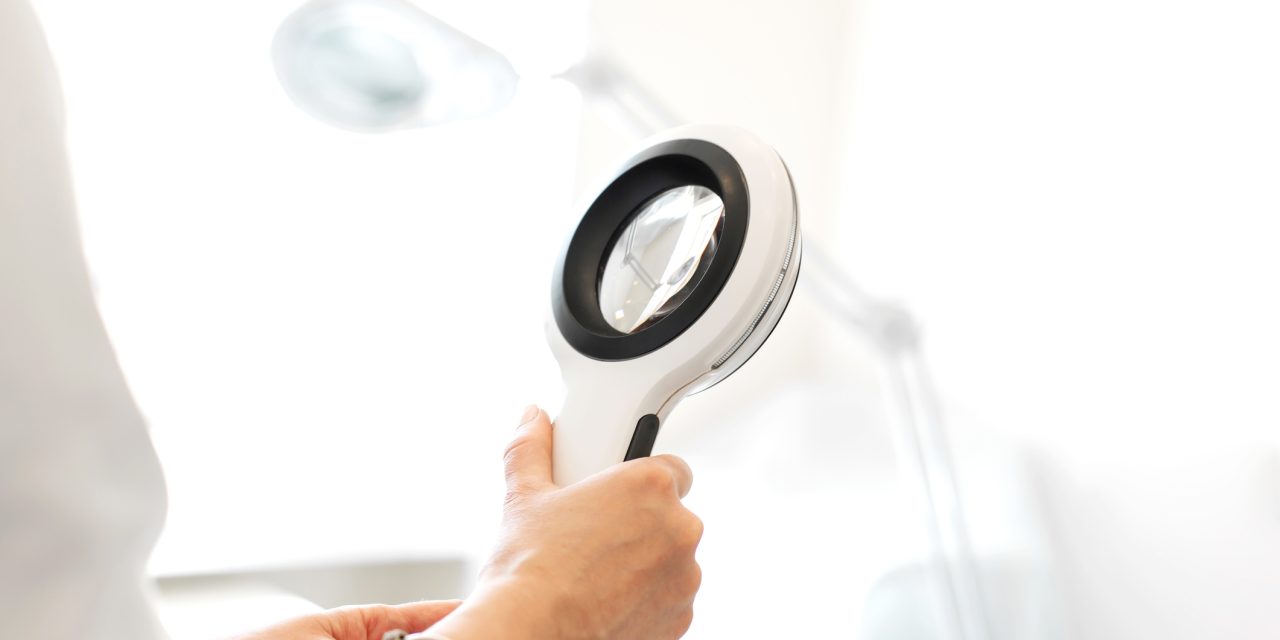In the United States, topical minocycline foam 4 percent is licenced for the treatment of inflammatory lesions of non-nodular, moderate to severe acne vulgaris in individuals aged 9 years. It was created to reduce systemic minocycline absorption and toxicity, and its high lipid content enables for rapid medication transport through sebum and into afflicted areas. The good in vitro resistance profile of oral minocycline found in Cutibacterium acnes isolates was maintained with topical minocycline foam 4 percent. In 12-week phase III clinical trials, once-daily topical minocycline foam 4% significantly improved both inflammatory and noninflammatory lesions compared to foam vehicle in patients aged 9 years with moderate to severe acne and was reported to be satisfactory or highly satisfactory to use by the majority of patients. Data from the extension study showed that topical minocycline foam 4% remained efficacious for up to 52 weeks of treatment. In these individuals, topical minocycline foam 4 percent was generally well tolerated, with the majority of adverse events (AEs) and all significant AEs deemed unrelated to therapy.
Cutaneous adverse events were infrequent, and a dermal safety investigation found that topical minocycline foam 4 percent had no impact on phototoxicity, photoallergy, skin sensitization, or skin irritation. Topical minocycline foam 4% is therefore a valuable addition to the current therapeutic choices for the management of inflammatory lesions of non-nodular, moderate to severe acne in adult and paediatric patients aged 9 years.
Reference:https://link.springer.com/article/10.1007/s40257-020-00523-1


